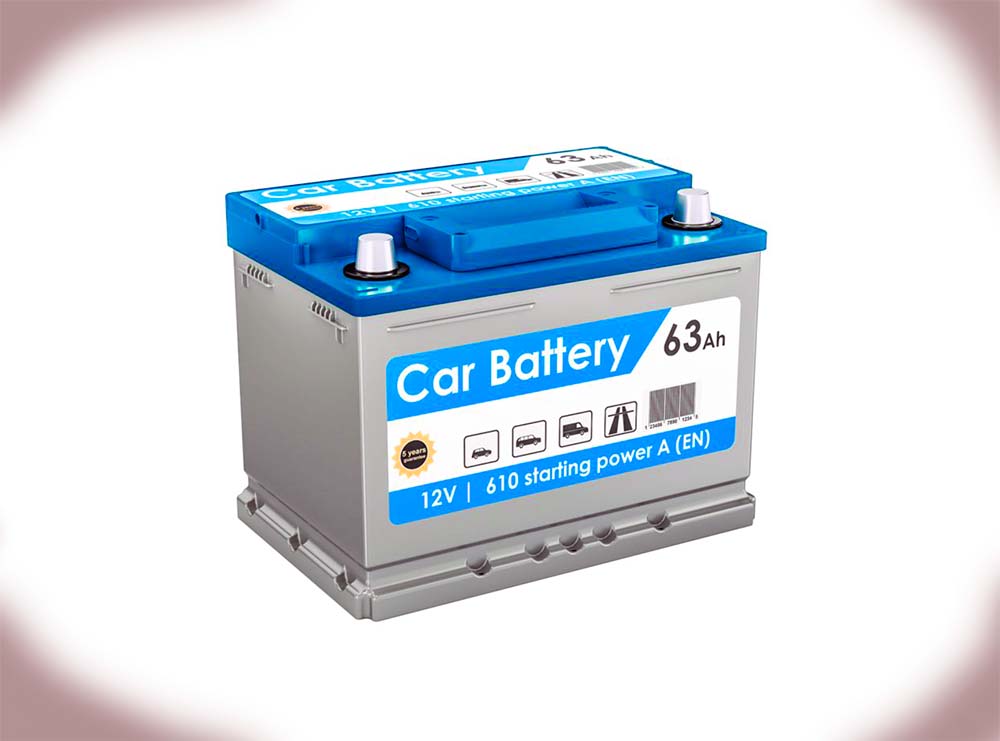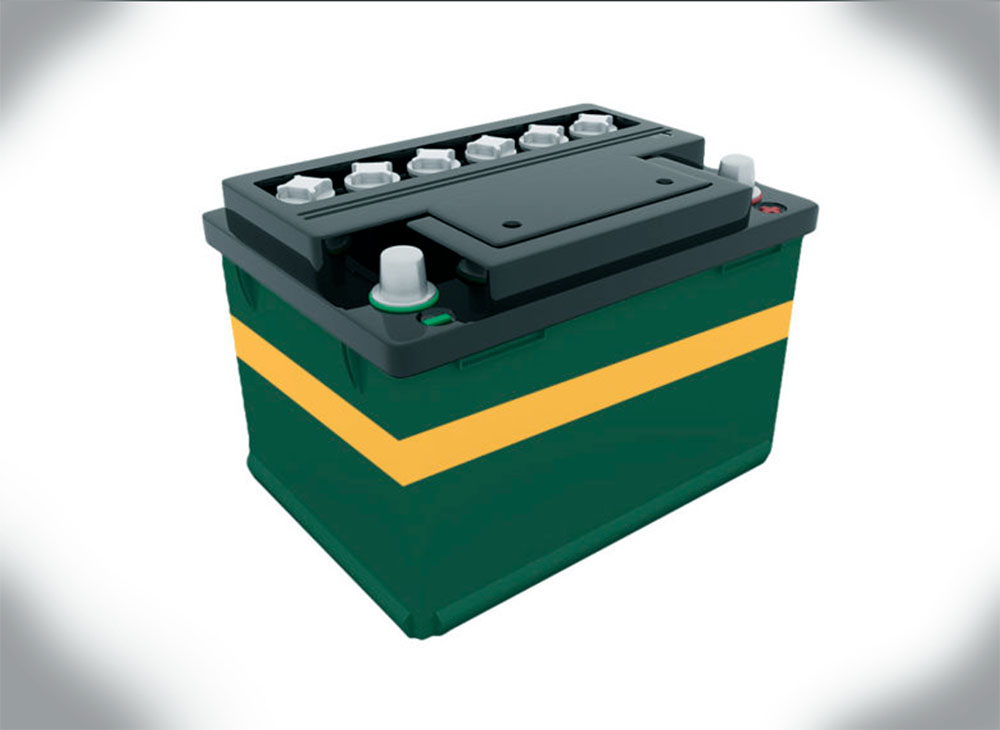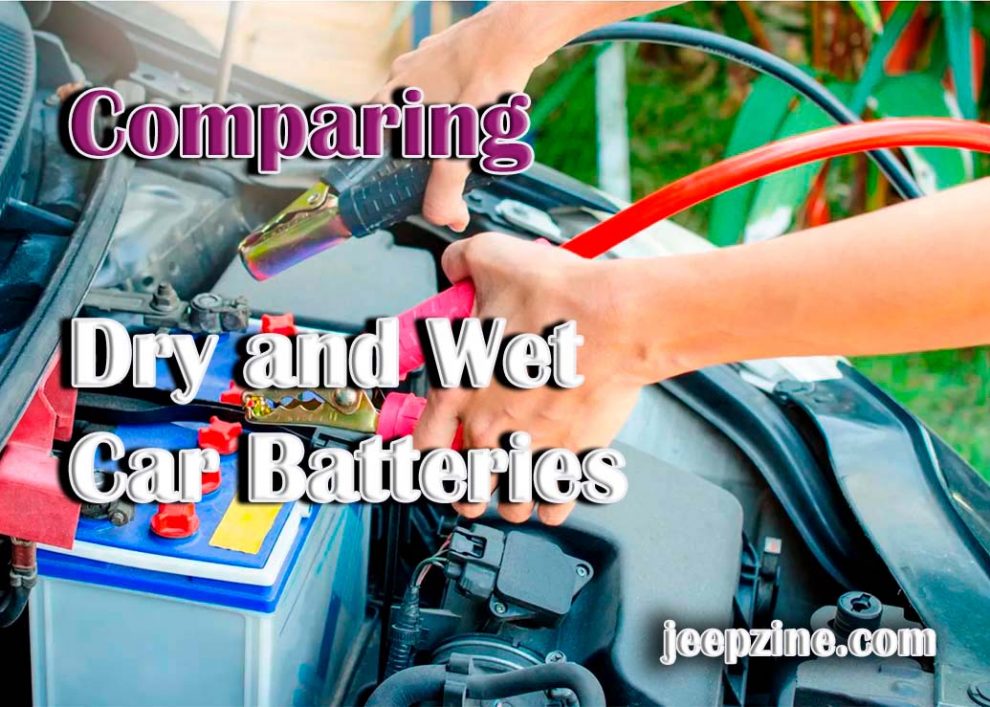Selecting the right car battery is an important decision, as it has to last you for many years and work reliably in all weather conditions. There are two main types of batteries used in cars: dry cell and wet cell batteries. Before making a purchase, it’s important to understand the key differences between these two types of batteries and the advantages and disadvantages of each.
What is a Dry Cell Battery?
Dry cell batteries are sealed lead-acid batteries that contain absorbent mats soaked with electrolyte gel instead of free-flowing liquid electrolyte. This allows them to be more resistant to spills and leaks, which makes them safer to use in enclosed spaces such as cars. They are designed for low maintenance, so they do not require any refilling or topping up of water levels like wet cell batteries do.
What is a Wet Cell Battery?

Advantages of Dry Cell Batteries
The main advantage of dry cells is their low maintenance requirements. They are sealed, meaning no refilling or topping up of water levels is required, making them a popular choice for car batteries. They are also more resistant to vibration and other forces which may damage the battery over time.
Advantages of Wet Cell Batteries
Wet cells have higher power output than dry cells due to the liquid electrolytes they use, so they offer better performance in cold temperatures and can start your car more quickly in these conditions. They also tend to be cheaper than dry cell batteries as they are less advanced technology.
Disadvantages of Dry Cell Batteries

Disadvantages of Wet Cell Batteries
The main disadvantage of wet cell batteries is that they require regular maintenance such as topping up the liquid electrolyte levels or replacing the water when needed. This can be a time consuming and difficult process, particularly if the battery is installed in an enclosed space such as in a car. Wet cells are also more vulnerable to spills and leaks which can cause damage to other components in your car.
|
Dry Cell Battery |
Wet Cell Battery |
| Low Maintenance | High Maintenance |
| Expensive | Cheaper |
| Resistant to Vibration | Less Resistant to Vibration |
| Lower Power Output at Cold Temperatures | Higher Power Output at Cold Temperatures |
Conclusion
When deciding on a car battery, it’s important to understand the pros and cons of each type before making your purchase. Dry cell batteries are sealed, meaning no refilling or topping up of water levels is required, making them ideal for people looking for low-maintenance batteries. They are also more resistant to vibration and other forces which may damage the battery over time. However, they tend to be more expensive than wet cell batteries and their power output tends to be lower in colder temperatures. On the other hand, wet cells offer better performance in cold temperatures and are cheaper than dry cell batteries. However, they require regular maintenance such as topping up fluid levels or replacing the water when needed and are more vulnerable to spills and leaks. Ultimately, it’s important to consider your specific requirements before making a final decision.


Add Comment